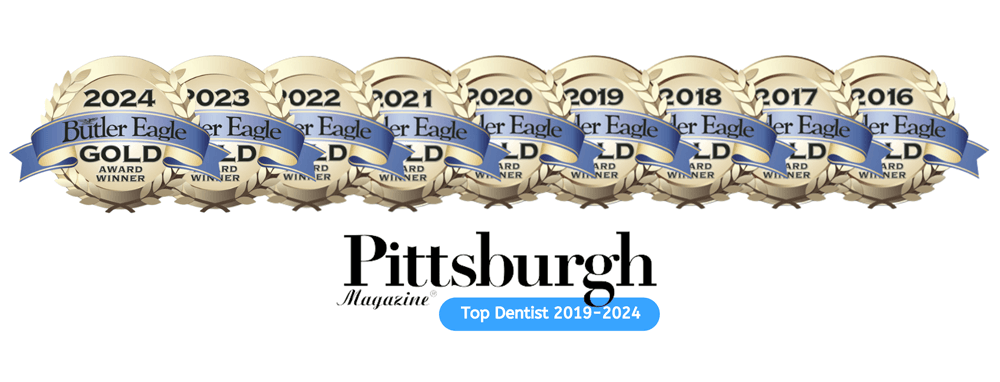When oral bacteria accumulate, they form the sticky film known as plaque to protect themselves against your mouth’s natural defenses, like saliva. Plaque also allows bacteria to cling to your teeth and gums and feed off your meals and beverages. Ignoring plaque and allowing it to increasingly build up can lead to a number of destructive issues, like severe tooth decay and gum disease, that can often lead to one or more lost teeth. In fact, along with accidental damage, dental diseases (particularly gum disease) are the most common reasons why people lose teeth.
Severe Tooth Decay
Tooth decay, the disease that causes cavities to form in your teeth, begins when certain oral bacteria convert sugars and carbohydrates into acid that attacks your tooth enamel. When left unchecked, acid erosion compromises your tooth enamel, and bacteria can slip past it to infect your tooth’s main structure. As decay has its way with your tooth’s structure, the damage can expose your tooth’s vulnerable nerves and blood vessels (pulp) to bacterial infection, possibly leading to the loss of your tooth and the need to replace it.
Severe Gum Disease
Like tooth decay, gum disease begins with excessive oral bacteria. However, in the case of gum disease, bacteria cause unchecked inflammation in your gums. Other bacteria release toxins that irritate your gum tissue and cause it to recede (separate from your teeth), paving the way for further inflammation and gum disease. As it advances, gum disease destroys the gums and jawbone that support your teeth. If not treated in time, gum disease can cause you to lose one or more teeth by the time you treat it.
Accidental Trauma
Dental disease, especially gum disease, is the leading cause of adult tooth loss, but accidental injuries also play a large part in inhibiting patients’ smiles. If you’re playing a contact sport or engaging in any activity that can cause you physical harm, be sure to wear a sports mouthguard to protect your teeth from traumatic injury and tooth loss.


